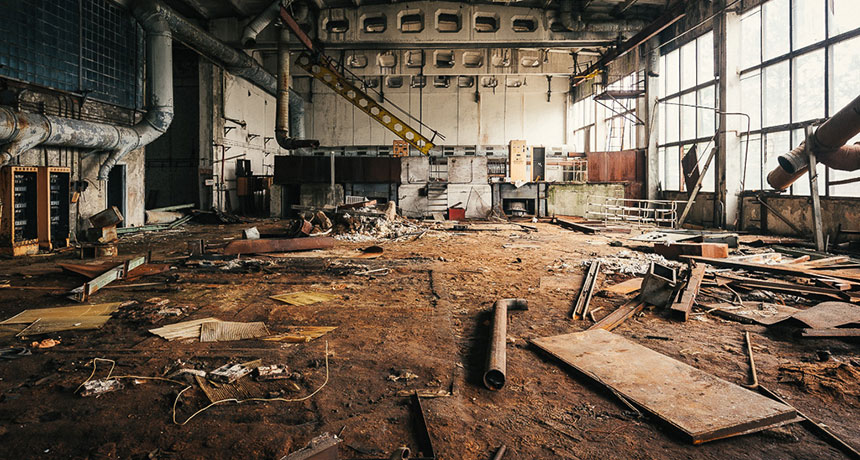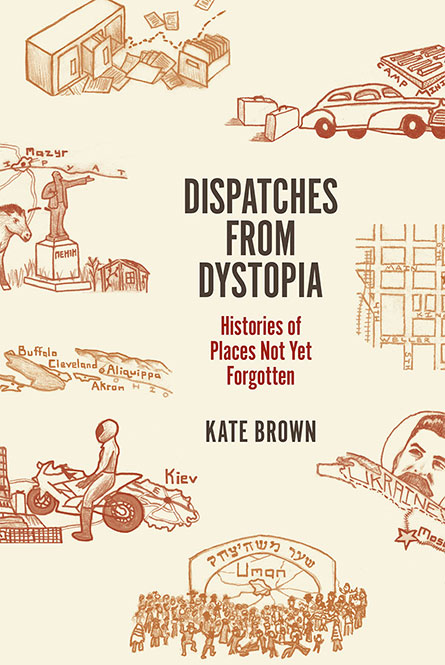Histories left behind by the dispossessed
‘Dispatches from Dystopia’ recounts tales of people on the margins of society

Chernobyl’s “exclusion zone” includes this abandoned factory. Like the places historian Kate Brown visited, the factory now stands empty of valuables.
Michael Kötter/Flickr (CC BY-NC-SA 2.0)








